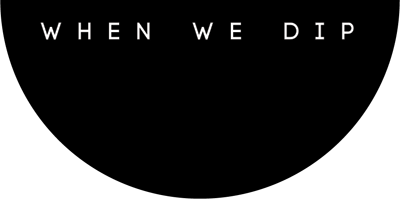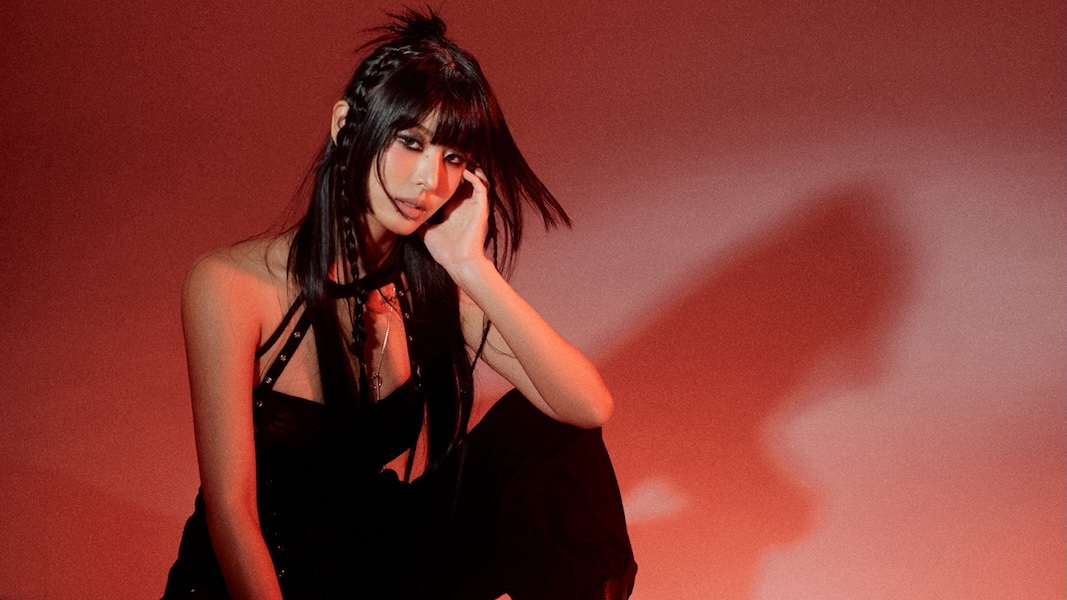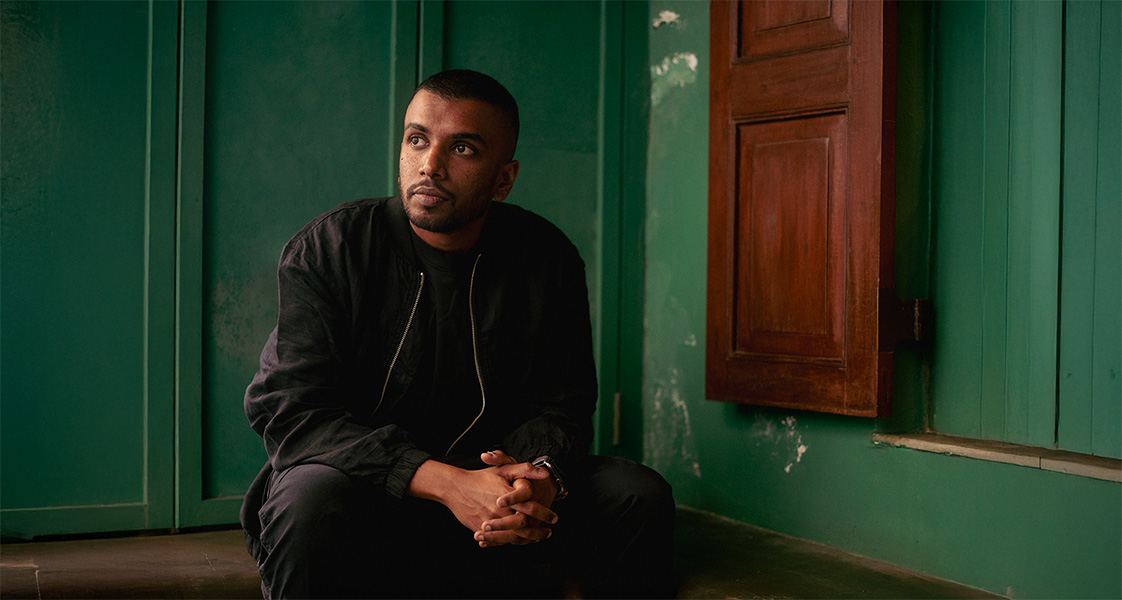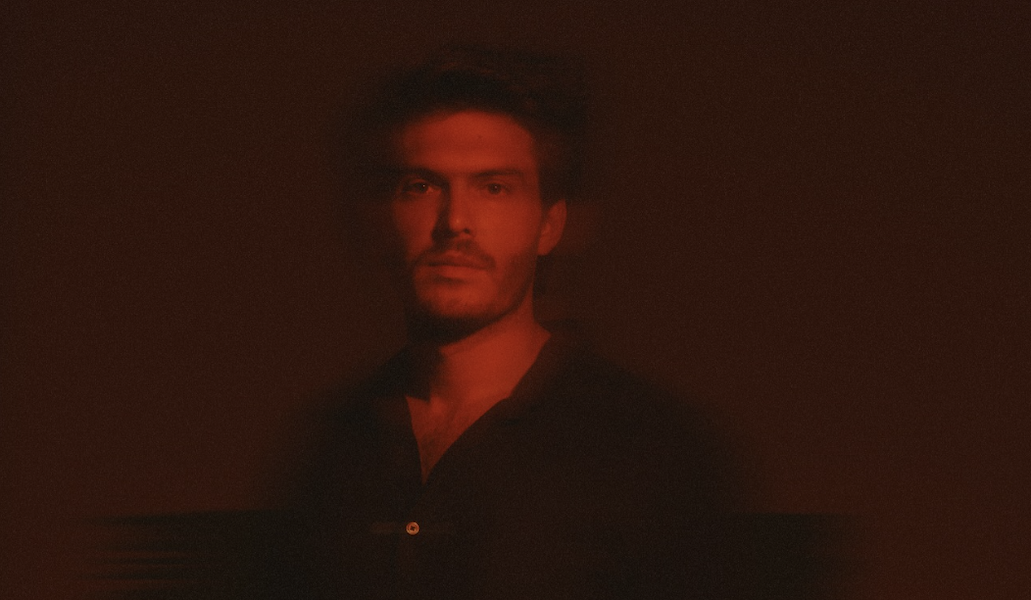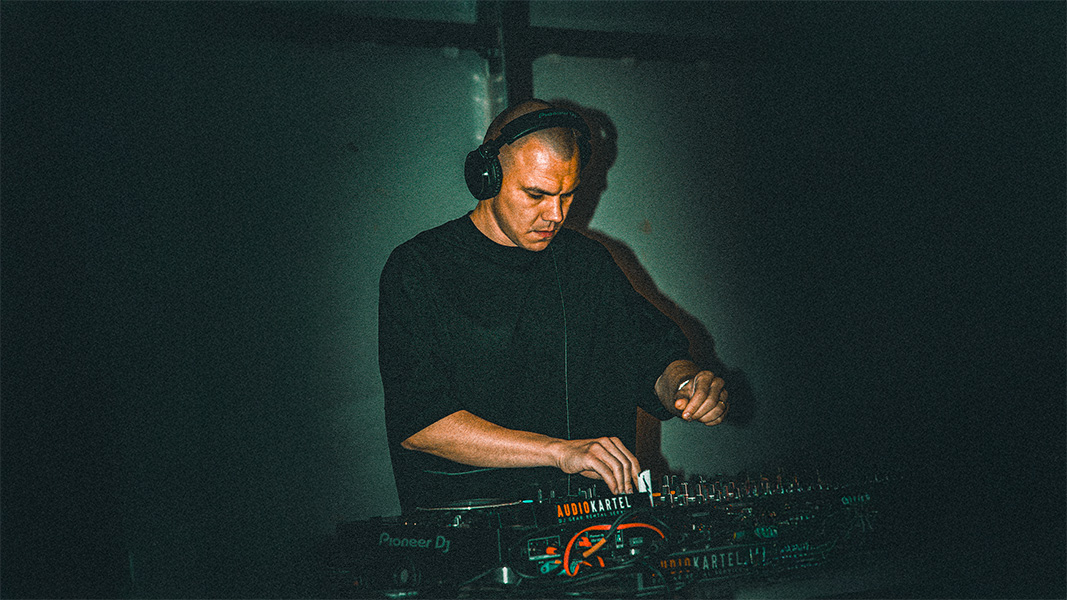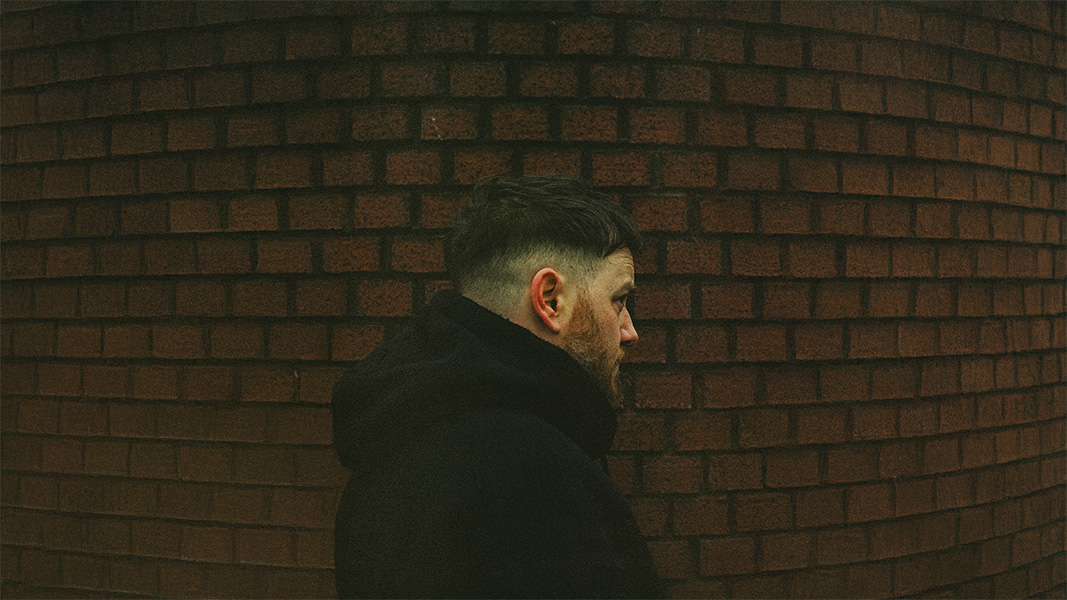YOUNA is a rising DJ and producer from South Korea, now based in Dubai, who is quickly gaining recognition for her high energy performances and distinct musical identity. Known for her driving sound and naturally dramatic set flow, she brings intense energy to the dancefloor while maintaining emotional depth and tension throughout her sets.
In the wake of her debut Armada Electronic Elements offering ‘Dopamine,’ rising Korean producer YOUNA ups the ante on her return to the label with another potent club cut. Evoking visions of pure connection and late-night liberation, ‘Serotonin’ captures the collective euphoria of a crowd letting loose.
Off the back of this latest track, we sat down with her to discuss the new single, how AI is changing her productions, creative process, and more!
WWD: In your new single ‘Serotonin,’ released on Armada Electronic, what was the main source of inspiration? Was there a specific emotion, memory, or image you wanted to convey through this track?
‘Serotonin’ was created from the vision of people connected as one single energy. While sketching an intuitive and powerful melody, I imagined a crowd sharing pure positivity and freedom, dancing together in unison. I wanted to capture that collective sense of liberation and connection within the music. The track’s energy is built around this idea, and in my sets, it always creates a special moment that unites the audience as one.
WWD: Following the path you began with ‘Dopamine,’ how do you think your sound has evolved between the two tracks? Is there a conceptual link between them?
While ‘Dopamine’ expresses explosive energy and a rush of euphoria through its driving progression and aggressive stabs, ‘Serotonin’ conveys a deeper sense of connection and positivity that lingers, with a more fluid structure, extended breakdowns, and a melody-driven flow. At the same time, both tracks share common elements such as cinematic percussion, vocal chops, and the use of similarly textured lead synths, creating a strong link between them. Together, these two tracks showcase how I strive to balance intensity and emotion in my music.
Your biography highlights that you’re originally from South Korea and that your music career took a significant turn in Dubai. How has living in such multicultural environments influenced your sound and creative process?
Growing up in South Korea’s competitive society, I lived in a very goal-oriented and structured way. But moving to Dubai exposed me to a wide variety of cultures, genres, and audiences from different backgrounds, which truly broadened my musical perspective. Back in Korea, I often believed there was always a set formula or “correct” way to do things. Living in such a multicultural environment taught me that, especially in art, there are no fixed rules. This experience allowed me to move beyond being confined to one sound or identity and instead find a balance between structure and freedom. I believe that balance is deeply reflected in both my music and my career.
WWD: Many of your tracks carry a strong emotional impact. When you compose, do you usually start with a melody, a rhythm, or a conceptual idea?
It really depends on the situation. When an idea comes to me outside the studio, I usually record it as a voice note, and later in the studio I might start building a track from that melody. Other times, when I begin directly in the studio, I often start with drum beats as the foundation.
But these days, the process I enjoy the most is starting from a conceptual idea. I begin by imagining a specific emotion, scene, or overall theme of the track, and then sketch a melody and design sounds around it. I’ve always been drawn to aggressive sounds and dramatic progressions, so I often picture cinematic moments or storylines in my head and translate them into sound. Recently, I’ve even been experimenting with expanding those concepts into visual expressions as well.
I’ve tried many different approaches over time, but right now this method feels the most exciting and the most authentic way for me to create music that truly reflects who I am.
WWD: In a past interview, you mentioned using AI tools such as vocal generators in your projects while keeping strong human control. What have been the biggest challenges in integrating AI into your creative workflow and where do you see it taking your music?
These days, I use AI in many ways beyond just vocal generators. In the past, if I wanted to achieve a specific texture or expression in my DAW, I had to ask friends or spend hours searching through YouTube tutorials. Now, I can simply ask a tool like ChatGPT and get an instant answer—it feels like such a convenient time to be creating music. For me, AI is an assistant that helps me realize my creative ideas more quickly.
I’ve never really worried about AI taking away my job. AI can offer guidance or provide answers, but the final decisions and the core of creativity always belong to me. I believe AI will become more and more integrated into music production, but at the end of the day, what truly matters is how each artist uses it with their own vision.
WWD: Looking ahead, what are your plans for the coming year? Are you interested in experimenting with traditional Korean sounds or collaborations with artists from different genres and cultures?
For the second half of this year, I’m planning to release tracks that carry a slightly different character from my previous work—ones influenced more by peak-time techno.
Up until now, I’ve mainly focused on melodic techno, but since earlier this year I’ve been opening up to other genres, including peak-time, and recently I’ve been drawing a lot of inspiration from mid-tempo, drum & bass, and old-school EDM.
In the past, I tended to shape my tracks within the rules and boundaries of certain genres, but nowadays I prefer to freely combine the sounds and elements I personally love, without being constrained by genre. Looking back, I realize I’ve always been drawn to aggressive, dark, driving, and dramatic sounds and progressions. So now, my focus is on expressing those sounds and stories I truly resonate with, beyond any specific framework.
I’ve also been expanding each track’s theme into visual imagery and storytelling, which adds another layer of excitement to the creative process. That’s why I’ve already been collaborating with several visual directors, fashion designers, and creative directors to push my music further into a multidisciplinary space.
Because of that, making music feels more enjoyable than ever, and I’m genuinely excited to see what kind of sounds and artworks I’ll be able to share next year!
WWD: Sounds incredible! Thanks for the chat 🙂
Thanks a lot 🙂
‘Serotonin’ is available here.
